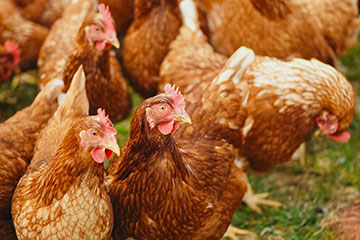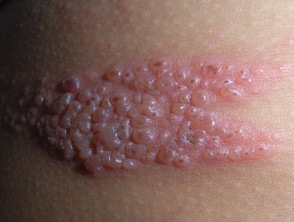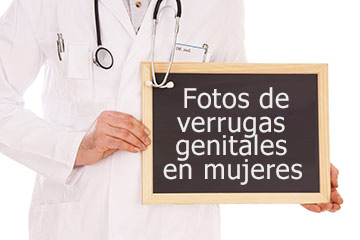Facelift
Facelift, rhytidectomy.
As we age, the muscles of the face get weaker and the skin becomes less elastic, hence wrinkles develop. The extent to which this occurs varies considerably between individuals and may be influenced by inherited factors and external influences such as sun exposure, smoking and weight loss.
WHAT CAN BE DONE?
Non surgical approaches include injections ("botox" or collagen) and resurfacing techniques (lasers, chemical peel etc). A face lift is a surgical procedure which can tighten the skin of the face and hence reduce wrinkles, folds and some fine lines. The effects can last for up to ten years. It is best suited to treating the lower half of the face.
A separate brow lift may be needed to tackle forehead wrinkles or droopy eyebrows. Problems with the saggy eyelids will also not be solved by a facelift and separate eyelid surgery may be needed. This procedure may be done simultaneously.
WHAT DOES THE OPERATION INVOLVE?
The operation involves a general anaesthetic which means that the patients will be asleep during the procedure. In rare cases it can be performed under local anaesthetic with sedation. Most patients will need to stay in hospital overnight.
There are several different techniques that can be used but in general the surgery involves a scar that runs in the hairline of the forehead, down in front of the ears and continues underneath the earlobe and in to the hairline behind the ears. Extra scars along the chin may or may not be required.
Using these incisions the surgeon can then peel the skin away from the muscles of the face. The skin can then be pulled tight, stitched in place, and the excess skin can be trimmed away and discarded.
If you decide on surgery you will be required to undergo some simple health checks and photos will be taken to show the appearance of your face before surgery. You will be asked to sign a consent form giving permission for the operation. This requires that you are aware of the risks and complications involved with the procedure.
WHAT ARE THE RISKS AND COMPLICATIONS?
There are general risks associated with a general anaesthetic including chest infection especially in smokers. Deep Vein Thrombosis (also known as DVTs or clots in the veins of the legs) can also occur which can break off and travel to the lungs. This is known as a pulmonary embolus and can, although very rare, be life threatening.
Bleeding under the skin leads to bruising but excessive bleeding that collects under the skin is known as a haematoma. In some cases this requires a second operation and it also increases the risk of infection.
For most people the scars will fade and become virtually invisible in the hairline. Some people have a tendency to form red raised scars and these can be a problem, especially in front of the ears where they are most visible. Wounds can be slow to heal and this is particularly true if they become infected. Smoking also increases the chances of problems with the scars.
Damage to the nerves which supply the muscles and skin of the face can lead to weakness and some altered sense of touch or numbness.
Most patients are very satisfied with the outcome of surgery but it is not possible to know exactly what a patient will look like after the operations. Some people will be dissatisfied and don't get the result they expected. It is important to talk to your surgeon about your expectations and the limits of surgery before the operation.
WHAT HAPPENS AFTER THE OPERATION?
You will have bandages around your face and head which may be removed before you go home. There may also be some small tubes connected to a bag or small bottles to collect any oozing or bleeding which will also be removed before discharge from hospital.
You will need some simple painkillers for the discomfort and you will need someone to drive you home and to look after you for the first 24 hours.
You should expect your face to be bruised and to feel swollen and tight. This can take several weeks to subside. It may be painful to eat at first.
You will be given specific advice before you leave hospital but in general you should avoid vigorous activity and bending down for a few days. It is advisable to sleep with several pillows to keep your head higher that the rest of your body.
You will not be able to wash your face for a few days. Stitches will be removed after 5 to 7 days.
WHEN CAN NORMAL ACTIVITIES BE RESUMED?
You can start wearing makeup after about 4 days. You can return to work when you choose but due to the bruising and swelling, most people chose to have a couple of weeks off until things have settled down. You should avoid the sun for 6 weeks and after that always apply sunscreen.
The British Association of Plastic Surgeons
http://www.baps.co.uk/






